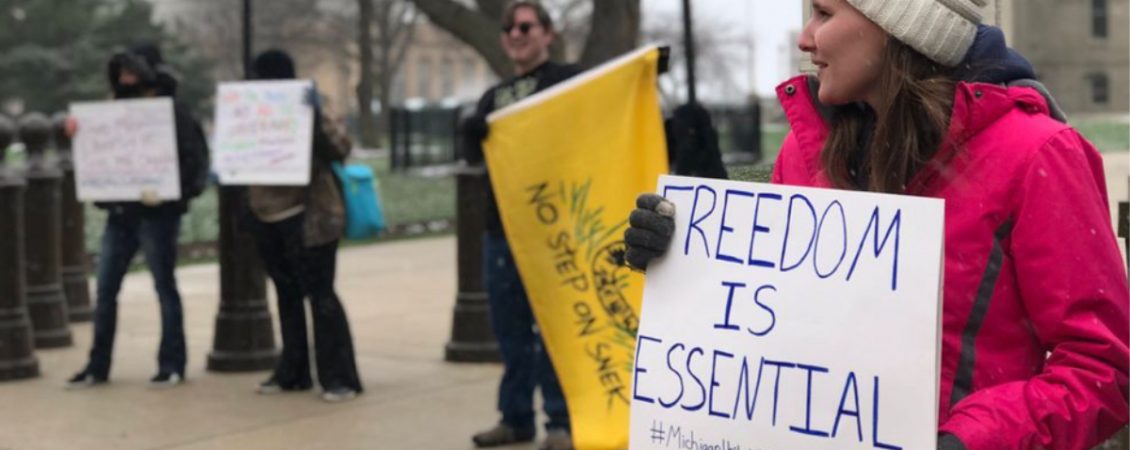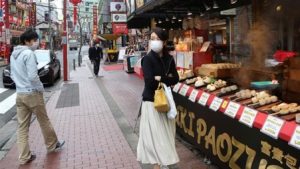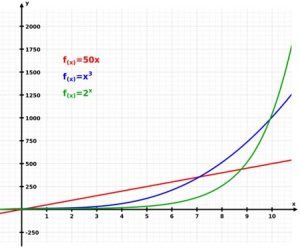
Saving Lives and Livelihoods are the Same
No one likes to be confined to their homes against their will for any prolonged period. Yes, even when staying at home is good for us against the dreaded Covid-19.
Soon, something has to give.
A few days ago, in the US state of Michigan, thousands of demonstrators took to the streets to protest their stay-at-home order. They were fed up because staying at home means their livelihoods were wrecked. We know why governments are imposing stay-at-home orders. They believe this is the way to stop the spread of Covid-19 because it saves lives.
Two issues are at stake here. Do we want to save lives? Or do we want to save livelihoods? Actually, the two are the same. Here’s why.
Without the lockdown, people will get infected. Some will die. Without a livelihood, the victim has no money to secure food and shelter. His mental and physical health will deteriorate. He too will die, only later and in different circumstances.
President Trump is trying to end the US lockdown. He’s probably thinking about his re-election prospects. But it has its merits from the point of view of what is best for the majority. Let’s use US data to demonstrate this point. Since Covid-19 hit USA, about 37,000 people have died in a population of 328 million. Of course, more will die with time.
According to the latest estimate by the WHO, the mortality rate is 3.4%. This figure might be too high because we don’t have the whole picture yet. So let’s apply the midway 3% mortality rate (estimated 1% to 6%) from the 1918 Spanish Flu to the US today. On that basis, some 9.8 million people will die before Covid-19 passes into history.
Let’s look at livelihoods. Since the lockdown began, about 22 million US residents have lost their jobs. As the lockdown continues, more of the rest of the 155 million US jobs will be lost.
In the Great Depression of the 1930s, some 25% of workers lost their jobs. Today’s economic disaster is supposed to be worse. If 25% eventually lose their jobs this time around, that’s some 38 million US jobs lost. Imagine the livelihoods wrecked.
As a policymaker, what is the better option? Allow 9.8 million to die from the disease now, or allow 38 million livelihoods to be wrecked and probably more than 9.8 million to die later?
A few countries, namely Britain initially, decided to take the second road. And that is to avoid a lockdown and let the virus or herd immunity run free rein. But lockdowns are now fashionable because China has shown that that is the best way to minimise deaths.

Hokkaido under lockdown
Hokkaido in Japan also did that in February by imposing a lockdown. By mid-March, the number of deaths dropped to 1 or 2 a day. Then they lifted the lockdown, sounding the all-clear. Within a month, the cases surged. Hokkaido had to reimpose a lockdown again this past week.
The benefit of a lockdown is that it gives a country’s health system room to cope with the pandemic. If, during this period, a vaccine can be found, or if the virus mutates into a harmless variation, then all would be well. If not, we are back to square one.
It’s all to do with the way the virus grows and the mathematics behind it. We know that the virus will split itself into 2, each of which splits itself resulting in 4, then 8, 16, 32, and so on. The rate of increase keeps rising because it is proportional to the ever-increasing number of viruses.
For example, in the US on 26 February, there were 15 cases. Six weeks later on 9 April, there were 460,000 cases. That’s exponential growth.
In Hokkaido’s case, when the lockdown was lifted, there were one or two cases only. Through exponential growth, the virus quickly multiplied and became a threat again within a month.

This is exponential growth in its startling form. The above graph shows how exponential growth (green line) exceeds that of normal or linear (red) growth. It’s even more rapid than cubic (blue) growth.
In other words, short of a vaccine, or the virus evolving into a harmless variation within the lockdown period, Covid-19 is an unavoidable danger. All temporary lockdowns will end in failures. Prolonged lockdowns could work. But the cost is in the millions of livelihoods lost and the devastation to the economies.
The policymaker might have no choice but to allow the virus to run free, infect and kill millions of people. Because this option is the lesser of the two evils.



